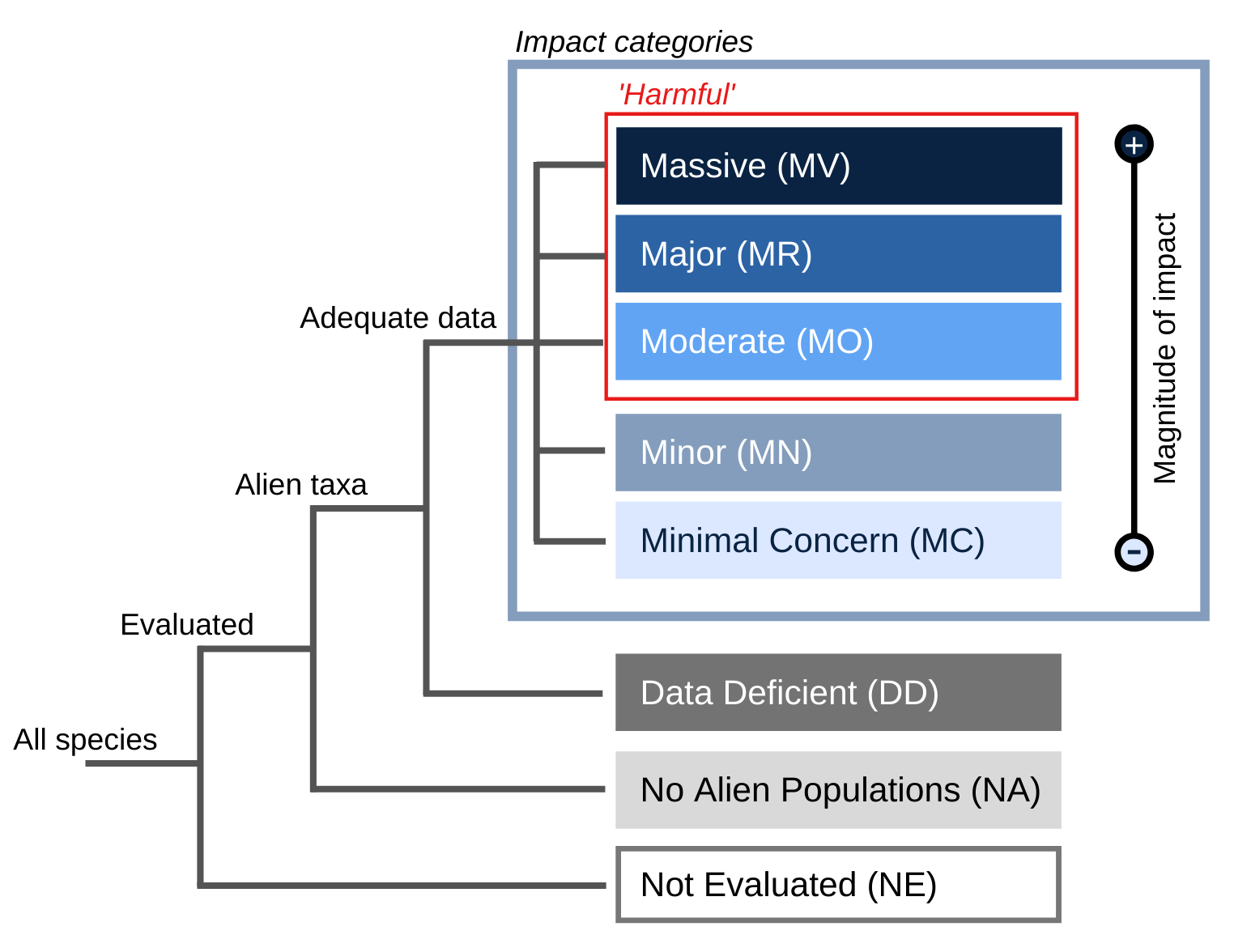- General
- Distribution
- Impact
- Management
- Bibliography
- Contact
Tilapia usually inhabit freshwater habitats, but some species and hybrids are known to be highly euryhaline (capable of tolerating a wide range of salt water concentrations). Blue tilapia, redbelly tilapia (Tilapia zillii) and a red tilapia hybrid (O. mossambicus and O. hornorum) are extremely tolerant of saline waters and used in seawater aquaculture. Saline tolerance is also evident in other red tilapia hybrids, gallilee tilapia (Sarotherodon galilaeus), black-chinned tilapia (S. melanotheron) and Mozambique tilapia (O. mossambicus) and Zanzibar tilapia (O. hornorum) (Gupta and Acosta 2004).
Female tilapia may reproduce once every two months under optimal conditions, with O. mossambicus, for example, laying 300 to 500 eggs each time (equivalent to a maximum of 3600 eggs per year) (Riedel 1965, in Ven den Berghe Undated).
Principal source:
Compiler: IUCN/SSC Invasive Species Specialist Group (ISSG)
Review:
Publication date: 2006-01-12
Recommended citation: Global Invasive Species Database (2025) Species profile: Oreochromis. Downloaded from http://iucngisd.org/gisd/species.php?sc=813 on 19-12-2025.
Copp et al, (2005) Risk identification and assessment of non-native freshwater fishes presents a conceptual risk assessment approach for freshwater fish species that addresses the first two elements (hazard identification, hazard assessment) of the UK environmental risk strategy. The paper presents a few worked examples of assessments on species to facilitate discussion. The electronic Decision-support tools- Invasive-species identification tool kits that includes a freshwater and marine fish invasives scoring kit are made available on the Cefas (Centre for Environment, Fisheries & Aquaculture Science) page for free download (subject to Crown Copyright (2007-2008)).
Please follow this link for details on control of this species 'management information' compiled by the ISSG.







